
Guitar Outline Equation

The Nealon Equation

The Guitars

The Arch Tops

The Classicals
webpages and Eos image copyright 2015 M Nealon
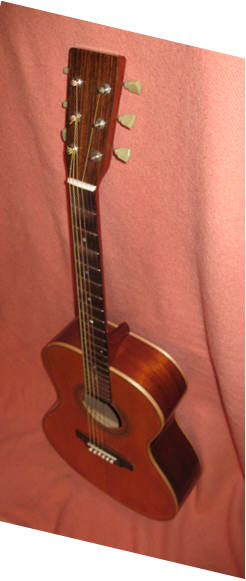
Someday I'll take a picture in focus.
Curve Fit
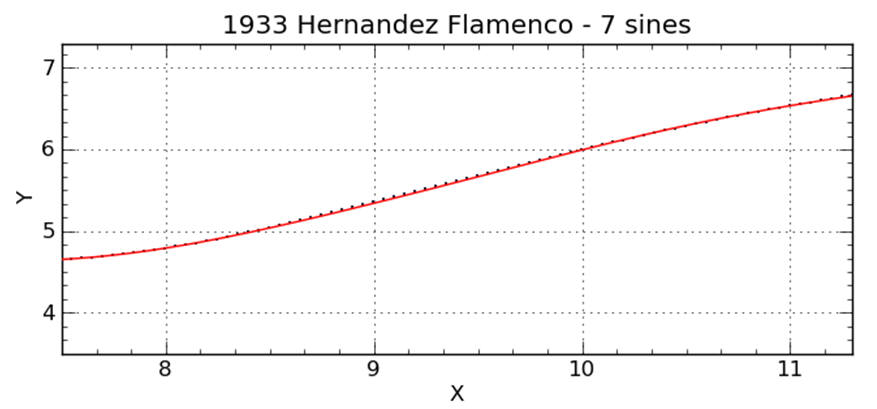
Fit with seven sine functions between the waist and the lower bout. Note that the red curve (calculation from the equation) clearly misses the insturment data (black dots) at about x = 9".
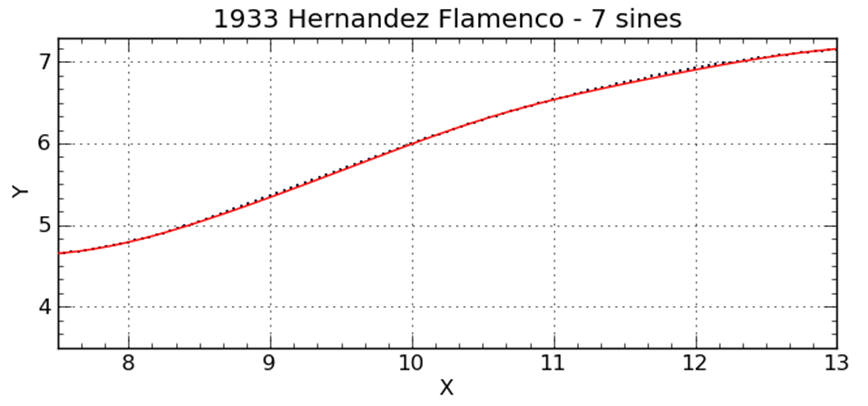
Same instrument, same seven sine fit, showning a bit more of the curve. Note that the curve misses the data again at about x = 11.5".
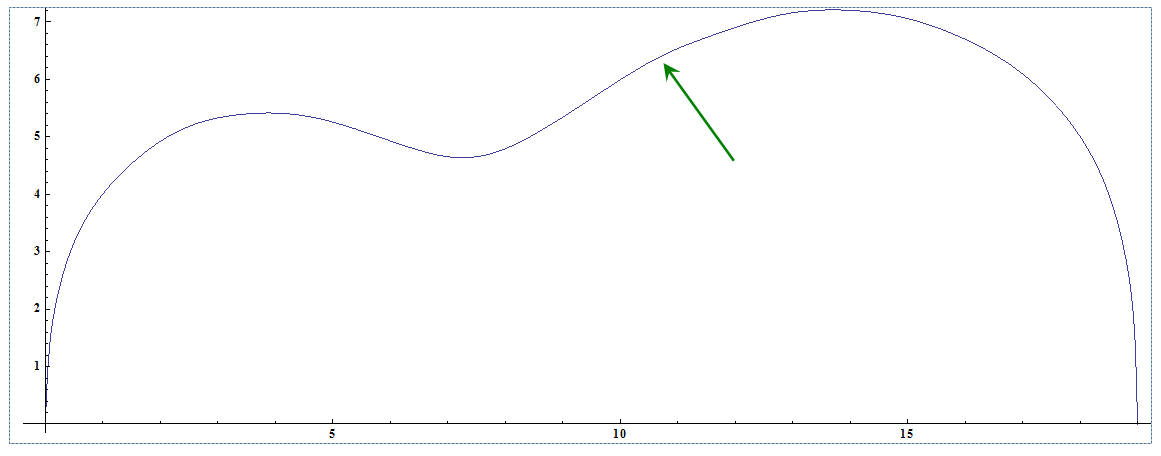
Seven sine fit of the entire side. The lump (arrow) is obvious. Drawn in Mathematica.
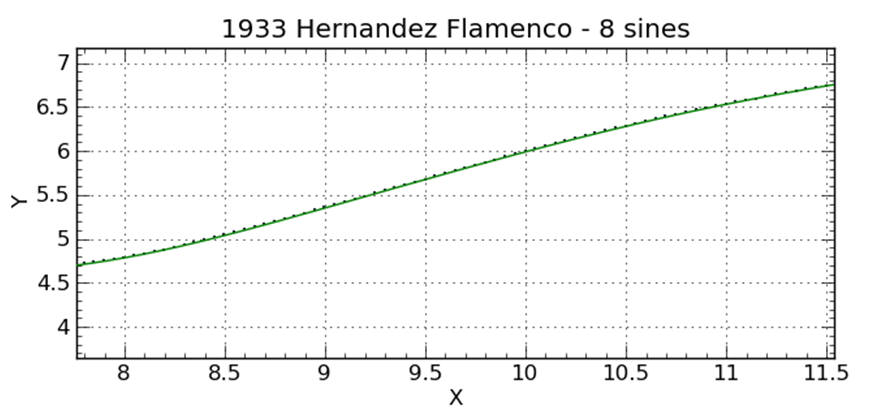
Fit with eight sines along the same region of the guitar. Note that the curve falls through all of the data making a much better fit.
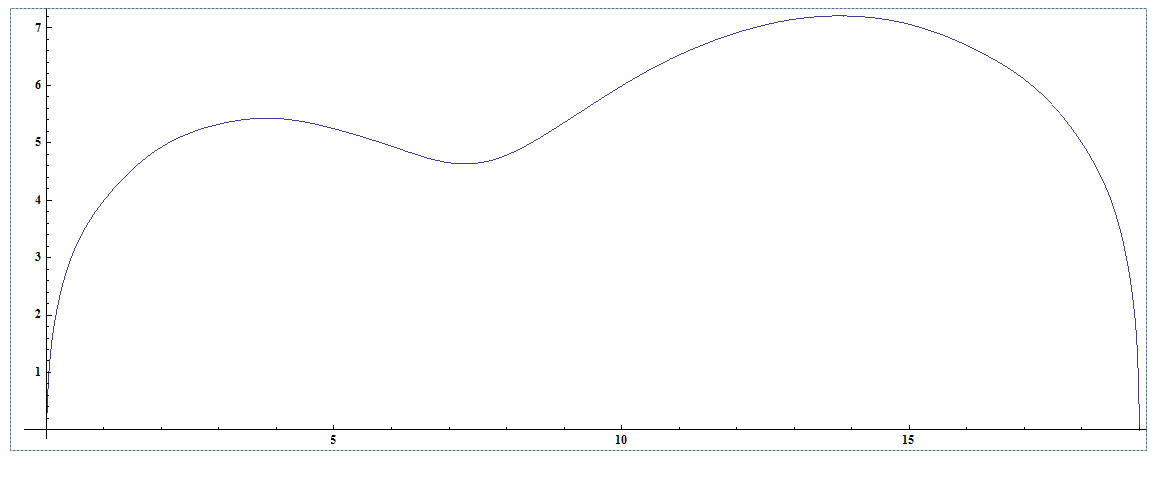
Eight sines. Looks to me like a better fit. Drawn in Mathematica.